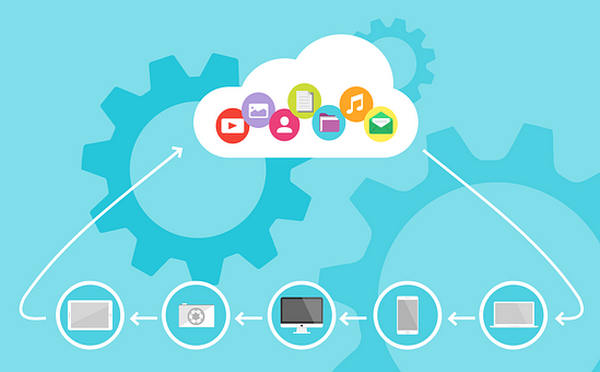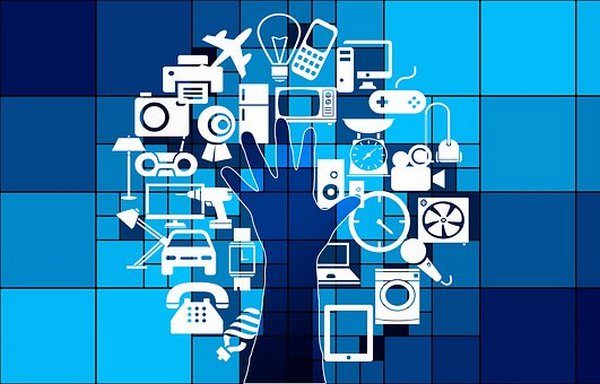What are the advantages of NB-IoT and why NB-IoT will appear
NB-IoT (Narrow Band Internet of Things) is a cellular-based narrowband Internet of Things, which is mainly used in IoT application scenarios with small data volume and low speed, and is a breakthrough technology to realize the Internet of Everything. So why does NB-IoT appear, and what are the advantages of NB-IoT?
Why does NB-IoT appear?
According to market research firm Gartner, there will be 6.4 billion IoT devices in use worldwide in 2016, and 5.5 million devices will be connected to the Internet every day. Businesses have different requirements for data transmission capability and real-time performance.

According to the different transmission rates, IoT services can be classified into high, medium and low speeds:
• High-speed services: 3G and 4G technologies are mainly used, such as in-vehicle IoT devices and surveillance cameras, and corresponding service characteristics require real-time data transmission;
• Medium-speed services: mainly use GPRS technology, such as lockers in residential quarters or supermarkets, which are frequently used but not used in real time, and require far less network transmission speed than high-speed services;
• Low-rate services: The industry classifies the low-rate service market as the LPWAN (Low Power Wide Area Network) market, that is, a low-power wide area network. At present, there is no corresponding cellular technology. In most cases, GPRS technology is used to support it, which brings about the problems of high cost and low popularity of low-speed services.
That is to say, the current low-speed business market needs to be developed urgently, and the low-speed business market is actually the largest market, such as fire extinguishers in buildings and various monitors used in scientific research. The frequency of such equipment in life is very low. But in aggregate, the totals are considerable, and the data is collected for a variety of purposes, such as improving the configuration of city equipment.
NB-IoT is a new narrowband cellular communication LPWAN (Low Power Wide Area Network) technology that can help us solve this problem.
What are the advantages of NB-IoT?
As a technology applied to low-rate services, the advantages of NB-IoT are not difficult to imagine:
• Strong link: In the case of the same base station, NB-IoT can provide 50-100 times the number of accesses than existing wireless technologies. One sector can support 100,000 connections, supporting low latency sensitivity, ultra-low equipment cost, low equipment power consumption and optimized network architecture. For example, limited by bandwidth, operators only open 8-16 access ports for each router in the family, and there are often multiple mobile phones, notebooks, and tablet computers in a family. Hundreds of sensor devices need to be connected to the Internet, which has become a difficult problem. NB-IoT is enough to easily meet the networking needs of a large number of devices in future smart homes.
• High coverage: NB-IoT has strong indoor coverage, with a 20dB gain compared to LTE, which is equivalent to a 100-fold increase in coverage area capability. Not only can it meet the needs of wide coverage in rural areas, but it is also suitable for applications that require deep coverage such as factory areas, underground garages, and manhole covers. Take manhole cover monitoring as an example. In the past, the GPRS method required an antenna to be extended, and the vehicles were easily damaged. As long as NB-IoT is properly deployed, this problem can be well solved.
• Low power consumption: Low power consumption is an important indicator for IoT applications, especially for some devices and occasions where batteries cannot be replaced frequently, such as various sensing and monitoring devices placed in remote areas of alpine wilderness, they cannot be Smartphones are charged once a day, and a battery life of several years is the most essential requirement. NB-IoT focuses on small data volume and low rate applications, so the power consumption of NB-IoT devices can be very small, and the battery life of the device can be greatly increased from the past few months to several years.
• Low cost: Compared with LoRa, NB-IoT does not need to rebuild the network, and the radio frequency and antenna are basically reused. Taking China Mobile as an example, there is a relatively wide frequency band in 900MHZ, and it is only necessary to clear a part of the 2G frequency band to directly deploy LTE and NB-IoT at the same time. Low speed, low power consumption, and low bandwidth also bring low-cost advantages to NB-IoT chips and modules. Modules are expected to cost no more than $5.

How does NB-IoT achieve low power consumption?
Compared with GPRS, the biggest feature of NB-IoT is low power consumption. In addition to the relatively low transmission rate of NB-IoT itself, NB-IoT introduces eDRX power saving technology and PSM power saving mode, which is also the main reason for power saving.
In PSM mode, the NB-IoT terminal is still registered on the network, but does not accept signaling, so that the terminal stays in deep sleep for a longer time to save power.
In addition, the eDRX power saving technology extends the sleep period of the terminal in idle mode, reducing unnecessary activation of the signal receiving unit. In general, these measures are to make the terminal sleep more time and sleep quality better, and thus lower power consumption.